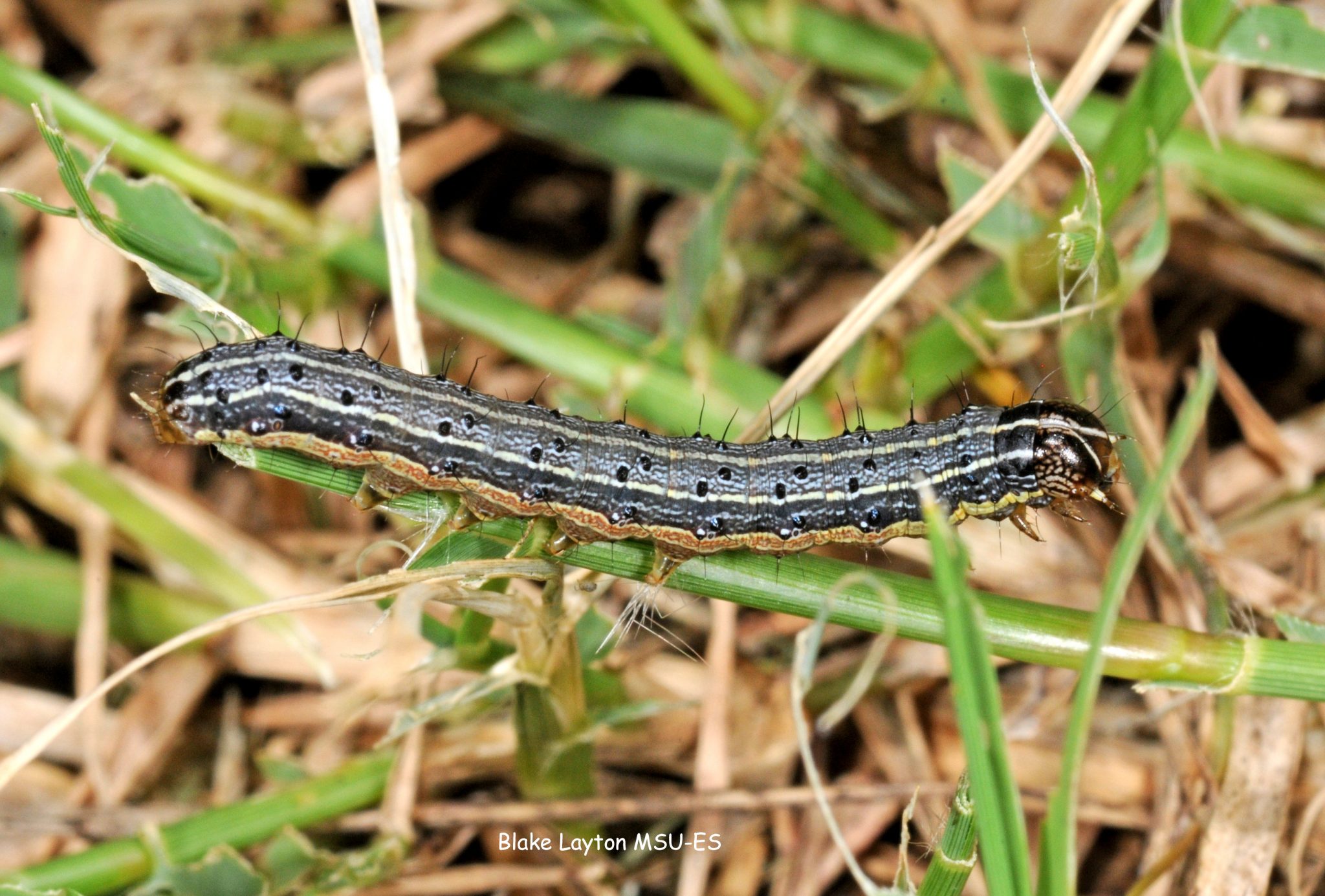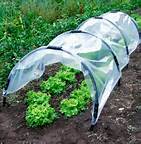Organic Pest Control: 3 Effective Methods to Protect Your Crops
08Oct
1. Floating Row Covers
Farmers planting in open fields (rather than greenhouses) often use floating row covers to protect their crops. These covers are made of lightweight, permeable materials such as polyester or polypropylene and are placed loosely over the crops. The covers allow air, water, and up to 85% of sunlight to reach the plants while shielding them from insects like cabbage moths, aphids, flea beetles, squash bugs, and tomato hornworms.


2. Sticky Traps
Sticky traps are another excellent option for pest control. These traps are coated with a sticky substance that lures and traps insects. The traps are replaceable, making them convenient for ongoing use. Interestingly, the color of the trap can attract different types of bugs:- Yellow traps: Attract fruit flies, leaf-hoppers, fungus gnats, winged aphids, leaf-miners, and thrips.
- White traps: Draw in whiteflies, plant bugs, cucumber beetles, and flea beetles.
- Light blue traps: Best for flower thrips and flies that develop into apple maggots.
3. Oil Sprays
Oil sprays are especially effective for small gardens and work by suffocating bugs and flies. These sprays should be applied directly to the pest for maximum effectiveness. Below are some simple recipes you can make at home:
Oil Spray Recipe:
- Mix 1 teaspoon of liquid dishwashing detergent with 1 cup of vegetable oil. Shake vigorously to emulsify, then dilute with a quart of tap water. Spray every 10 days to target whiteflies, spider mites, aphids, and other pests on vegetables like carrots, celery, cucumbers, and peppers. Test on a single plant first, as it may cause tip burn.
Liquid Detergent-Alcohol Spray:
- Combine 1 teaspoon of liquid dishwashing detergent with 1 cup of rubbing alcohol and 1 quart of water. Spray both sides of the leaves. For small, potted plants, you can immerse the plant in the solution for a few seconds. Repeat in 7 days.
Hot Pepper Spray:
- Steep 3 tablespoons of crushed hot pepper in ½ cup of hot water for 30 minutes. Strain the liquid and mix with the detergent solution. This works on a variety of insects for both indoor and outdoor plants. Use with caution and avoid breathing in the fumes.
Comments